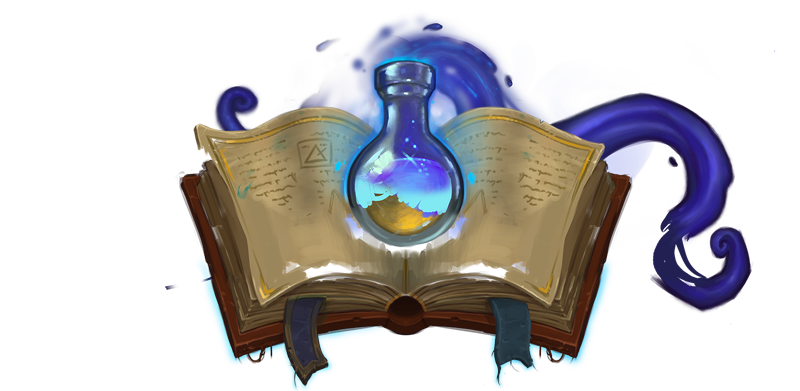
The assignment is as follows:
Background
The beginning of a star is the accumulation of hydrogen within a nebula (i.e. giant gas & dust cloud). As more and more hydrogen is accumulated, the core of it gets very hot and dense. When this happens, nuclear fusion (the process of two atomic nuclei joining together to form one bigger nucleus) begins and a star is born. This is known as stellar ignition.
The hydrogen in the core slowly turns into helium, creating energy in the process. The star is now in a period of stability where it is known as a “main sequence star.” Once the star gets to the end of its available hydrogen, its outer shell expands, but the core is unstable so it shrinks. This is known as the red giant phase. As things get more dense again in the core, conditions allow for helium to start fusing. It results in a period of relative stability, although for a shorter amount of time than when the star was fusing hydrogen.
From here, the amount of mass the star has determines the rest of its life cycle. High-mass stars are able to fuse all the way to iron, but low-mass stars can’t. A high-mass star will eventually undergo what is called a Type II supernova (i.e. big explosion). After this, the star will either end up as a black hole or neutron star. On the other hand, low-mass stars will end up as white dwarfs.
Stellar evolution is important because almost every element was formed in a star (or in the explosion of one). This means that mostly everything around you was created by a star!
Assignment
You’re on an Earth-like planet in another planetary system just like ours. Scientists have known for years that the star in this system ran out of hydrogen to burn up long ago. The shell of the star will soon expand, consuming the Earth-like planet in the process. There is no way off the planet because rocket technology has not been invented yet. You’re a scientist that has to tell the public what’s happening and what the outlook is. How do you explain this? How does the public react? What does the end of civilization look like? Remember to be appropriate when writing this!
Please make sure to write at least 5 full sentences to get AC for this assignment! Your assignment must be entirely written by you, and may not be plagiarized (including copying anything from online sources, books, or movie plots) in any way. Assignments must follow all PotterworldMC rules, which can be found here; assignments that do not follow all PotterworldMC rules will be subject to punishment. If your assignment does not meet the requirements, you will be unable to redo your assignment for this week. Assignments are due at 12am PST on Sunday, January 30th, 2022. You may submit as soon as you would like, but any assignments submitted after that time will not receive grades. You may receive up to 20 ACs for your submission. House points will not be awarded to any submissions. If you have any questions, please reach out to a Jr. Professor, Sr. Professor, Academics Advisor, or Head of Academics on Discord.
Click here to submit your assignment, and click here to view your submission.


